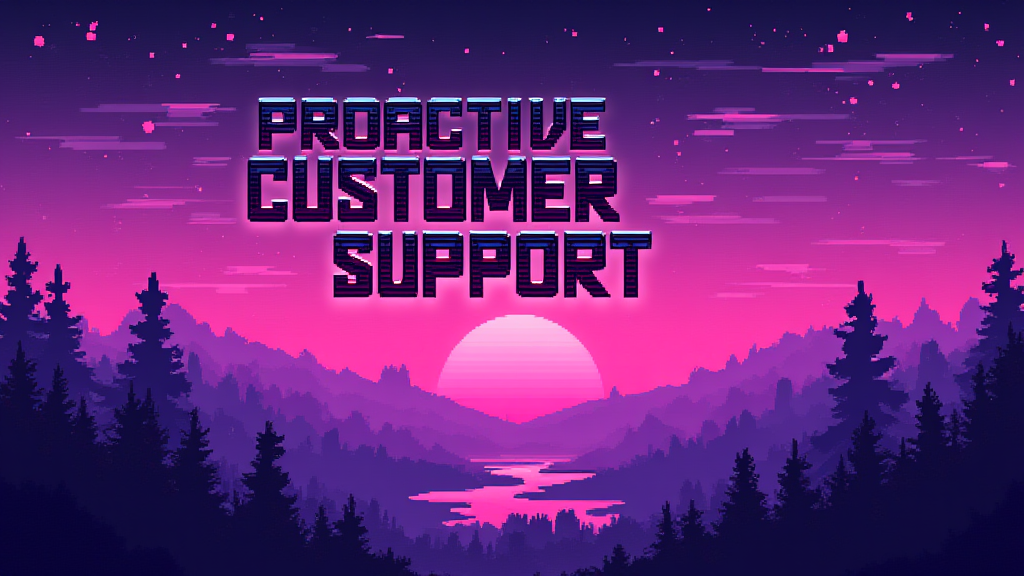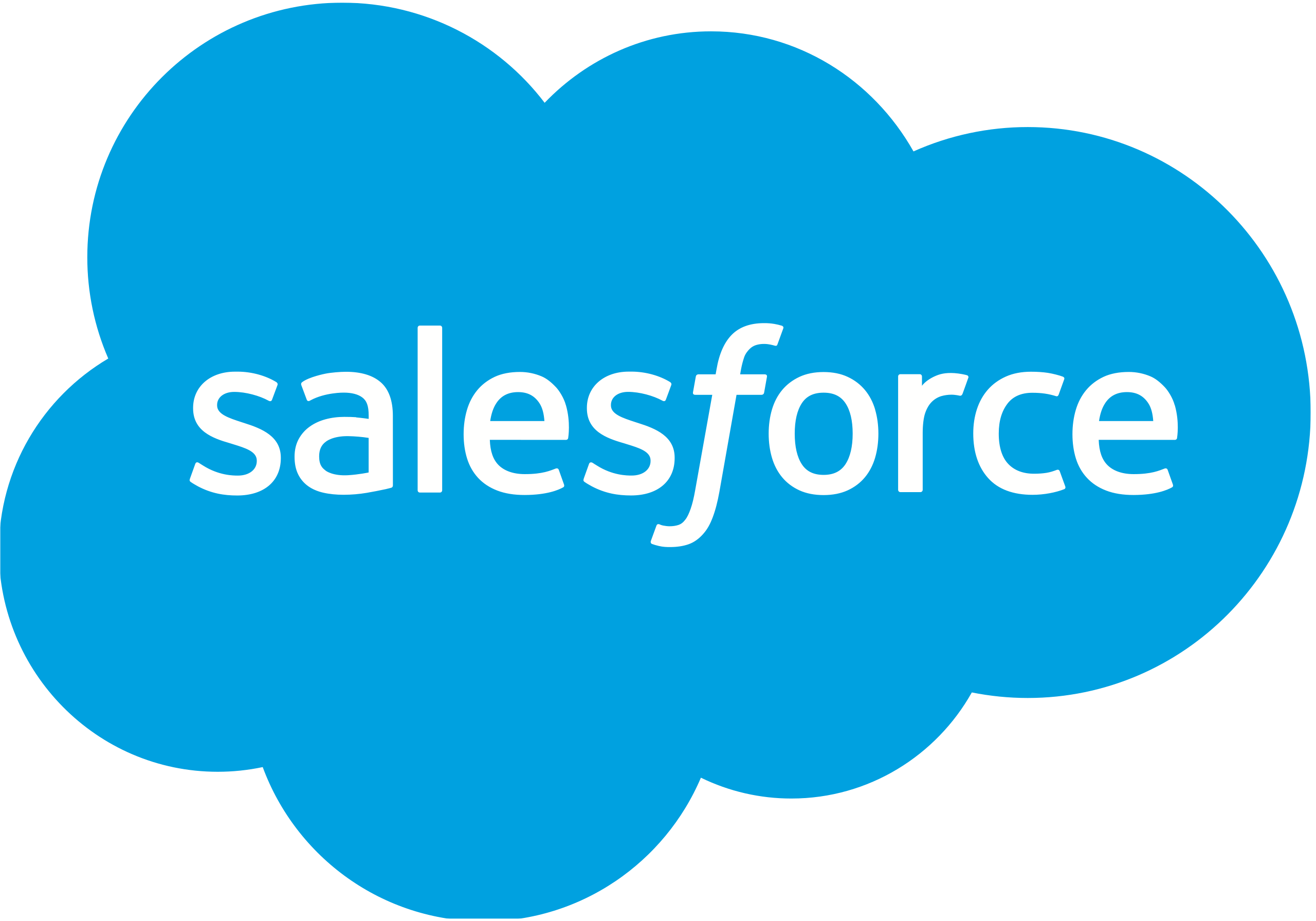Proactive Customer Support: Anticipating Needs

Published on: October 01, 2024
Proactive customer support is a customer service approach that anticipates and addresses customer needs before they become issues. This strategy focuses on preventing problems rather than simply reacting to them, ultimately enhancing customer satisfaction and loyalty.
Why Proactive Customer Support Matters 🚀
In today's competitive business landscape, proactive customer support has become a crucial differentiator. Here's why it's essential:
- Improves customer satisfaction and retention
- Reduces support ticket volume and costs
- Builds stronger customer relationships
- Increases customer lifetime value
Key Elements of a Proactive Customer Support Strategy
To implement an effective proactive customer support strategy, consider these key elements:
1. Data Analysis and Predictive Modeling 📊
Utilize customer data and analytics to identify potential issues before they occur. This may involve:
- Analyzing customer behavior patterns
- Monitoring product usage data
- Tracking common support inquiries
2. Personalized Communication 💬
Reach out to customers with tailored information and support based on their specific needs and usage patterns. This can include:
- Customized onboarding experiences
- Personalized product recommendations
- Targeted educational content
3. Self-Service Resources 🔧
Provide easily accessible resources that empower customers to find solutions independently:
- Comprehensive knowledge bases
- Video tutorials
- Interactive FAQs
4. Proactive Outreach 📞
Initiate contact with customers to address potential issues or provide valuable information:
- Regular check-ins with high-value customers
- Product update notifications
- Maintenance alerts
Implementing Proactive Customer Support
To successfully implement a proactive customer support strategy, consider the following steps:
- Assess current support processes: Identify areas where proactive measures can be introduced.
- Invest in technology: Implement tools for data analysis, customer relationship management, and automated communications.
- Train support teams: Equip your staff with the skills and knowledge to anticipate customer needs.
- Develop a communication plan: Create guidelines for proactive outreach and personalized messaging.
- Monitor and iterate: Continuously evaluate the effectiveness of your proactive support efforts and make improvements as needed.
Measuring the Success of Proactive Customer Support
To gauge the effectiveness of your proactive customer support strategy, track these key performance indicators (KPIs):
| KPI | Description |
|---|---|
| Customer Satisfaction Score (CSAT) | Measures overall customer satisfaction with support interactions |
| Net Promoter Score (NPS) | Indicates customer loyalty and likelihood to recommend your product or service |
| First Contact Resolution Rate | Percentage of issues resolved during the first interaction |
| Support Ticket Volume | Number of support tickets received over time |
| Customer Churn Rate | Percentage of customers who stop using your product or service |
By implementing a robust proactive customer support strategy, businesses can significantly enhance customer experiences, reduce support costs, and drive long-term growth.
Questions to Consider for Implementation
As you look to implement proactive customer support in your organization, ask yourself:
- How can we better leverage our customer data to anticipate needs?
- What self-service resources can we create to empower our customers?
- How can we personalize our communication to provide more value to our customers?
- What technology investments would enable us to be more proactive in our support efforts?
- How can we train our support team to shift from reactive to proactive mindset?
















